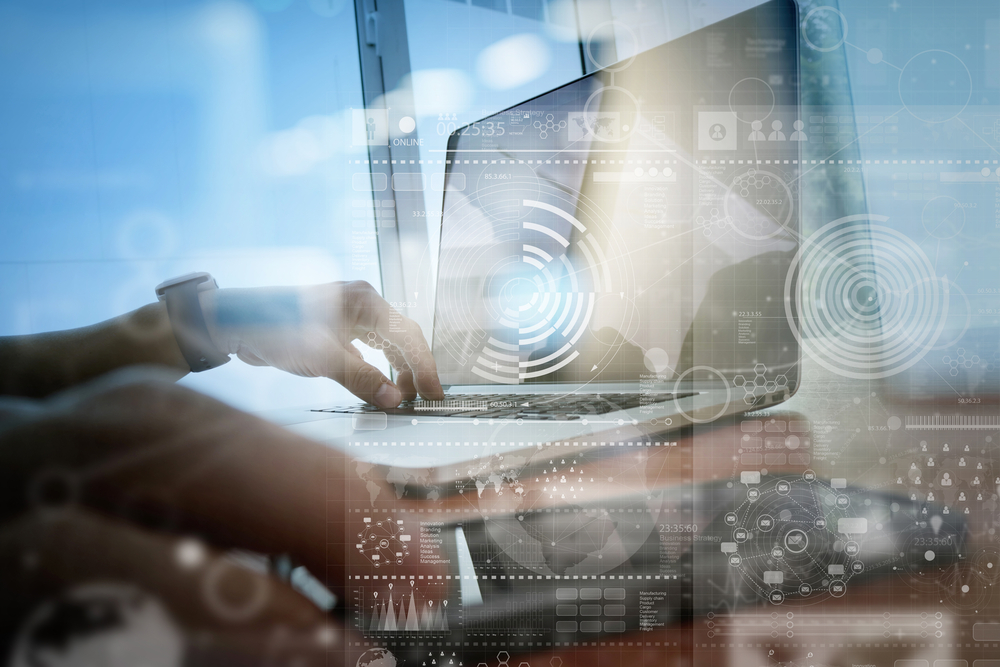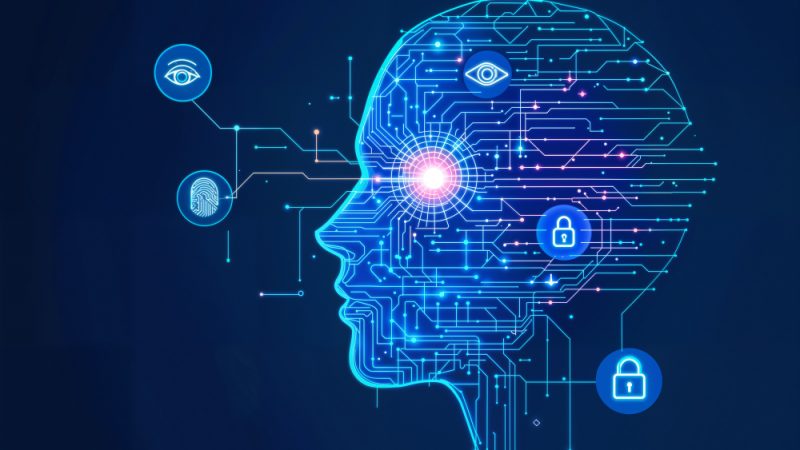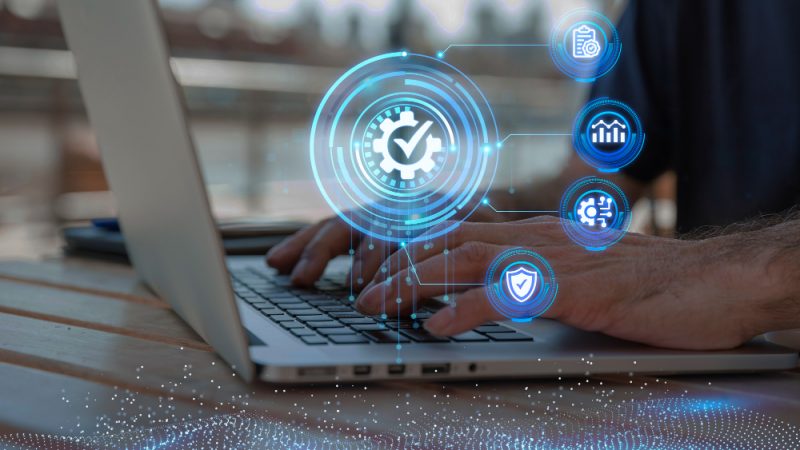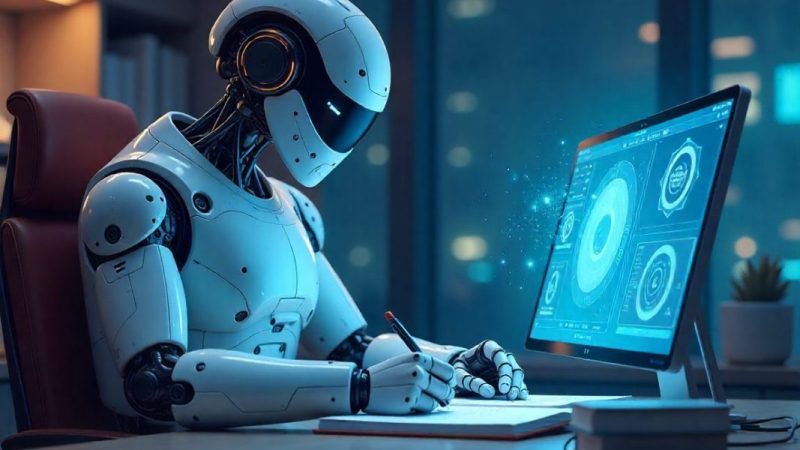How Technology in the Office Has Transformed and Where It’s Going Next

For anyone who works in an office today, it can be a strange experience to watch office-related movies or TV shows from the ’80s or before. Office technology has changed so much, and it’s so profoundly altered the way we go about our daily tasks that anything set before the widespread use of email can look positively prehistoric.
Technology isn’t done with changing the office, though. No, the technology of the future is already here, hiding in a palm-sized device, a hinged electrical enclosure or even in that ethereal realm of the cloud, where so much of today’s business gets done. Many new office technologies are in play in a dynamic and hard-to-predict market.
It’s an exciting time for office technologies, and it’s worth taking a moment to look at where the field of office tech has been, as well as its potential future directions. When we look both backward and forward, we can see the real long view—the one that businesses need to consider when planning for the next inevitable technological change.
Source: ESB Professional/Shutterstock.com
How We Got Here: The Transformation of Office Technology
What should we think of as the major signposts along the technological highway that’s led us here? Let’s consider four of the biggest trends that have driven the evolution of office technology in the past several decades.
1. Communication is near-instantaneous with team members around the world
Whether you’re working from home or an office halfway around the world, office technology has opened up our communication abilities in an incredible number of ways. Email is maybe the most obvious example. But we’ve also got technologies like Slack that have become indispensable for the way that many offices do business, and that’s to say nothing of the numerous productivity tools, like project management suites, that many businesses use.
2. Electronic devices are omnipresent and essential for almost every function
When was the last time you spent an hour in the office without checking your phone or doing something on your computer? From bookkeeping to team communication to client relations, office workers use their devices to accomplish most of their essential job functions. Of course, in such a thoroughly digitized time, it’s ironically become more important than ever for employees and managers to come prepared with the right communication and empathy skills.
3. Technology has made employees both more productive and more easily distracted.
Statistics present a clear picture of a workforce that, overall, has continued to improve in productivity (with a few hiccups along the way). However, people also have more ways to distract themselves at work than ever, from social media to online shopping to mobile games. Employee time management continues to be a challenge for many employers, with studies showing that employees often spend as much as eight hours a week doing non-work-related tasks while at work.
4. The cloud has changed the way offices store and use data.
Remember filing cabinets? (Some generations of office workers truly might not!) While hard copies of some documents are still a must-have, offices now handle key functions such as accounting and client relations through distributed cloud-based systems more often than not. Software-as-a-service (SaaS) has played a big role in this, with subscriptions to enterprise cloud apps like Quickbooks and Salesforce suddenly becoming a must-have.

Office Technologies for the Future of Work
In business, it’s never just about where you’ve been. It’s also about understanding where the market, and your business in particular, is going. These four trends are likely to impact the future development of office technologies.
1. Remote work will profoundly reshape the office landscape.
If there’s one trend that almost everyone agrees is preparing to upend office life and technology, it’s the increasing prevalence of full- or part-time remote work. The coronavirus pandemic shifted big swathes of the workforce to remote work, and it looks like a lot of workers are going to end up staying remote. There are lots of potential benefits to remote work for employers, including reduced office space and utility costs. But some of the challenges may be steep as well, including potential mental health effects for employees and data security issues for employers.
2. Automation will continue to lessen the burden of repetitive office tasks.
Offices are full of simple, repetitive tasks, and today’s tech increasingly gives us the tools to automate them. In much the same way that (for example) enclosures with prefab electrical knockouts brought turnkey simplicity to electrical design, innovations like preformatted templates in Word have revolutionized daily office workflows. Other technologies on the way up include email workflow apps to send simple messages or chatbots to answer basic customer questions. These tools free up employees’ time to tackle tasks that are a better use of human brain power.
3. The Internet of Things will become even more omnipresent than it already is.
Many offices already employ IoT technologies like smart thermostats and smart lighting, but the applications of office IoT are quickly evolving further. How about smart coffee machines that automatically refill themselves so no one ever has to confront an empty pot again? Perhaps a printer that automatically orders ink for itself when it detects an empty tank? Or, consider IoT tags that allow you to track office supplies—no more disappearing staplers! The applications are wide-ranging, and we can expect to see more arrive in the near future.
4. Businesses will need to devote more attention to tech security.
There’s no getting around the fact that smarter office technologies also mean an increased array of threats from bad actors. That means it’s well past time that every business started taking its data security responsibilities seriously. We’ve already seen a boom in cybersecurity technologies for business, and that will continue as IT security continues to develop 21st century tools like blockchain encryption. Security threats, of course, will continue to evolve alongside security technologies, so it’s crucial that every business owner understand data security as an ongoing responsibility.







